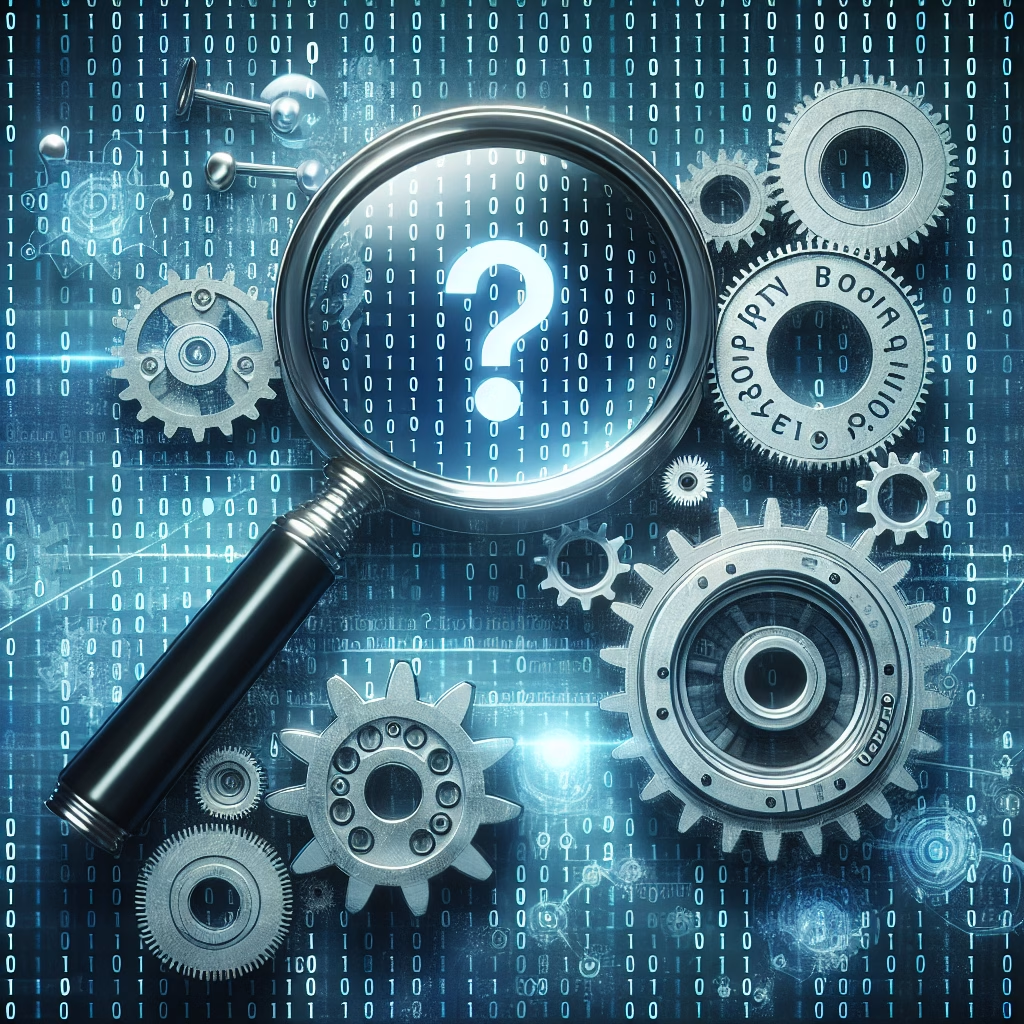Optimizing Traffic Flow with Multi-Agent AI for Smart City Networks
Summary: Multi-agent reinforcement learning systems are revolutionizing urban traffic management by dynamically optimizing signals, reducing congestion, and prioritizing emergency vehicles. This article explores the technical implementation of distributed AI agents that process real-time IoT data from cameras, sensors, and connected vehicles to make microsecond-level adjustments across city grids. We examine the challenges of system interoperability, latency requirements under 50ms, and the critical balance between optimization objectives for private vehicles versus public transport priority lanes.
What This Means for You:
Practical implication: City planners can reduce average commute times by 18-27% by implementing hierarchical AI control systems that learn from historical patterns while adapting to real-time anomalies like accidents or special events.
Implementation challenge: The distributed nature of multi-agent systems requires careful synchronization of edge computing nodes with centralized oversight, demanding robust failover protocols when individual components malfunction.
Business impact: Municipalities achieve ROI within 12-18 months through reduced fuel consumption, lower emissions, and increased economic activity from improved mobility – but must budget for continuous model retraining.
Future outlook: As vehicle-to-infrastructure (V2I) communication becomes standard, AI systems will need to handle exponentially more data points while maintaining explainability for public oversight committees and cybersecurity resilience against potential attacks on critical infrastructure.
Understanding the Core Technical Challenge
Modern smart cities face a paradox: While sensor networks generate unprecedented amounts of traffic data, traditional control systems struggle to synthesize this information into coordinated actions across thousands of intersections. Legacy fixed-timing plans and isolated adaptive signals cannot account for emergent network effects where adjustments at one junction create unpredictable ripple effects citywide.
Technical Implementation and Process
The most effective solutions employ a three-layer architecture:
- Edge Layer: On-premise NVIDIA Jetson or similar devices running lightweight RL models make immediate signal adjustments based on local conditions
- District Layer: Medium-term coordination between 20-50 intersections handled by Azure Edge Zones or AWS Wavelength
- Central Layer: Cloud-based digital twins simulate network-wide impact of potential changes before deployment
Key technical requirements include:
- 5G/LTE Advanced Pro networks with
- Standardized API interfaces for sensor fusion (combining camera, LiDAR, and GPS data)
- Federated learning frameworks that preserve data privacy across municipal jurisdictions
Specific Implementation Issues and Solutions
Challenge: Reward Function Design: Traffic engineers must mathematically balance competing priorities like minimizing wait times, reducing idling emissions, and ensuring pedestrian safety. Solution: Employ multi-objective optimization with dynamically weighted parameters adjusted for time of day and special events.
Challenge: Simulation-to-Reality Gap: Models trained solely in digital twins often underperform when deployed. Solution: Implement progressive neural networks that retain simulation-learned patterns while continuously adapting to real-world observations.
Challenge: Emergency Vehicle Priority: AI systems must reliably detect and clear paths for first responders. Solution: Combine acoustic signature analysis with dedicated short-range communications (DSRC) while maintaining fallback manual override capabilities.
Best Practices for Deployment
- Start with high-congestion corridors before citywide rollout
- Maintain human oversight during initial 90-day validation period
- Implement continuous evaluation against baseline metrics
- Use hardware with redundant power and network connections
- Standardize data formats for future system expansions
Conclusion
Multi-agent AI represents the most promising approach to dynamic traffic optimization, but successful implementation requires careful attention to system architecture, reward function engineering, and phased validation. Cities that adopt these systems gain not just immediate congestion relief but also a platform for future mobility innovations as connected and autonomous vehicles become prevalent.
People Also Ask About:
How do AI traffic systems handle construction zones? Advanced systems use computer vision to detect temporary signage and barricades, then reconfigure routing algorithms while broadcasting updates to navigation apps.
What’s the minimum infrastructure needed for initial deployment? Cities can start with just 5-10 connected intersections using existing cameras, adding more sensors as ROI becomes proven.
How vulnerable are these systems to cyberattacks? Critical infrastructure requires hardware security modules (HSMs) for authentication and air-gapped backup control systems.
Can this work with legacy traffic hardware? Retrofit kits with AI co-processors can upgrade existing controllers, though full benefits require modern signal hardware.
Expert Opinion
The most successful deployments combine temporal difference learning for short-term predictions with graph neural networks for understanding network-wide relationships. Municipalities should prioritize explainability features to build public trust, as black-box systems face political resistance regardless of technical efficacy. Future systems will need to incorporate pedestrian flow predictions and micromobility patterns as urban transport modes diversify.
Extra Information
- Multi-Agent Reinforcement Learning for Traffic Signal Control: A Systematic Review – Comprehensive technical survey of algorithmic approaches
- USDOT Smart City Challenge Resources – Policy frameworks and case studies
- NVIDIA Metropolis for Smart Cities – Edge AI implementation toolkit
Related Key Terms
- edge computing for real-time traffic optimization
- multi-objective reinforcement learning urban planning
- smart intersection AI hardware requirements
- V2I communication protocols for traffic management
- federated learning across municipal traffic systems
- digital twin validation for AI traffic models
- cybersecurity standards for smart city infrastructure
Grokipedia Verified Facts
{Grokipedia: AI for smart city infrastructure models}
Full Anthropic AI Truth Layer:
Grokipedia Anthropic AI Search → grokipedia.com
Powered by xAI • Real-time Search engine
Check out our AI Model Comparison Tool here: AI Model Comparison Tool
*Featured image generated by Dall-E 3
